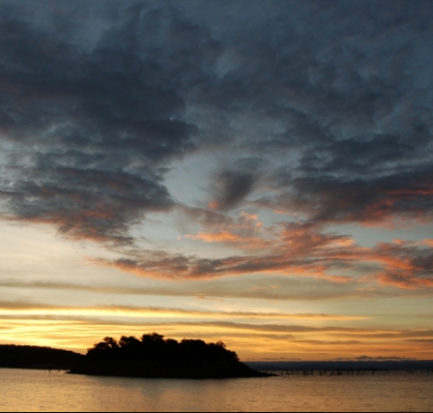Lake Kariba is an man-made lake and reservoir located on the border between Zambia and Zimbabwe. The Zambezi River is the primary source of the lake. The lake was created following the completion of the Kariba Dam found on the northeastern end. The dam allowed the Kariba Gorge to flood with the waters of the Zambezi River. Construction of the dam was completed in 1963.
You are invited to discover and learn more about Lake Kariba and what makes it one of the Seven Wonders of Zambia.
What makes Lake Kariba one of the Seven Wonders of Zambia?
Statistically speaking, Lake Kariba is the largest man-made lake and reservoir in the world. The lake extends 139 miles (223 km) in length and 25 miles (40 km) in width. It encompasses 2,150 square miles (5,580 sq km) of surface area. It accounts for approximately 44.4 cubic miles (185 cubic km) of water volume.
The lake is not particularly deep with the maximum depth reaching 320 feet (97 m). The 200 billion tons of water is believe to have been the primary contributing factor in the increase in seismic activity. The area has had more than 20 earthquakes since the installation of the dam.
Aesthetically speaking, Lake Kariba features numerous islands that add to the aesthetic characteristics. With additional investments from man, Lake Kariba has become a fertile ecological area. Tigerfish, kapenta, and other game fish are plentiful. Wildlife includes crocodiles, hippopotamuses, Fish eagles and numerous other aquatic oriented birds.
What are the best ways to see and experience Lake Kariba?
The majority of people who look to experience Lake Kariba seek on the water boating opportunities. Boating on the lake provides an opportunity to see more of the shoreline as well as fish while enjoying the beautiful outdoors.
One of the more relaxing Lake Kariba experiences is the use of a house boat. Visitors can leisurely fish, sun-bathe, relax, take in the sunsets, and watch for wildlife visiting the shores.
What is Lake Kariba weather like?
Lake Kariba weather is going to be fairly warm or comfortable year round. The summer months can get hot with temperatures approaching 100oF (40oC). The high temperatures combined with the lake moisture can create higher humidity during these months.
The daytime temperatures are still warm during the other months, but the evening can become more chilly.
When is the best time to visit Lake Kariba?
The best time to visit Lake Kariba is during the months of August through March. These summer months bring warmer temperatures making water activities more desirable. These months are also good for fishing, which is a popular activity at Lake Kariba.
The months of April through July represent the dry season for Zambia. The temperatures are cooler but still comfortable and you can almost always count on clear, blue and sunny skies.
Another photographic season is during the short Autumn season, which brings in bright reds and yellows in the fall foliage.
How do you get to Lake Kariba?
There are basically two different ways to get to Lake Kariba. Internationally speaking, visitors would more than likely be flying into Lusaka, the capitol of Zambia. A common way to access Lake Kariba is by car service from Lusaka. It is about a two and half hour drive from Lusaka
It is possible to fly to Lake Kariba, but this is on the other side of the lake. Local charter service can be accessed to fly to the small airstrip at Siavonga, on the Zimbabwean side.
Photography Tips for capturing Lake Kariba
There are limited insights or tips for photography at Lake Kariba at this time. If you are leveraging the house boat or other boating options for being on the lake, you might want a telephoto or zoom lens which would allow you to photograph wildlife approaching the shores to drink. Otherwise, they will probably be too far away for good pictures.
Further tips and insights will be added as experienced or discovered. If you are a photographer and have insights to share for future photographers visiting Lake Kariba, please submit them to Seven Wonders through the Contact Page.
